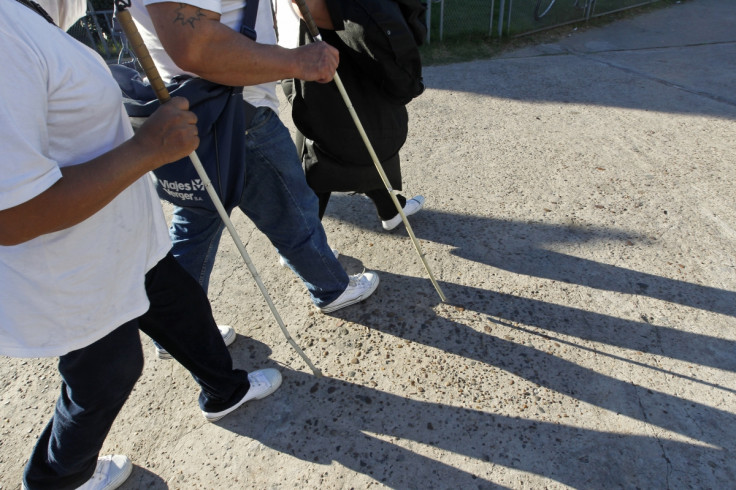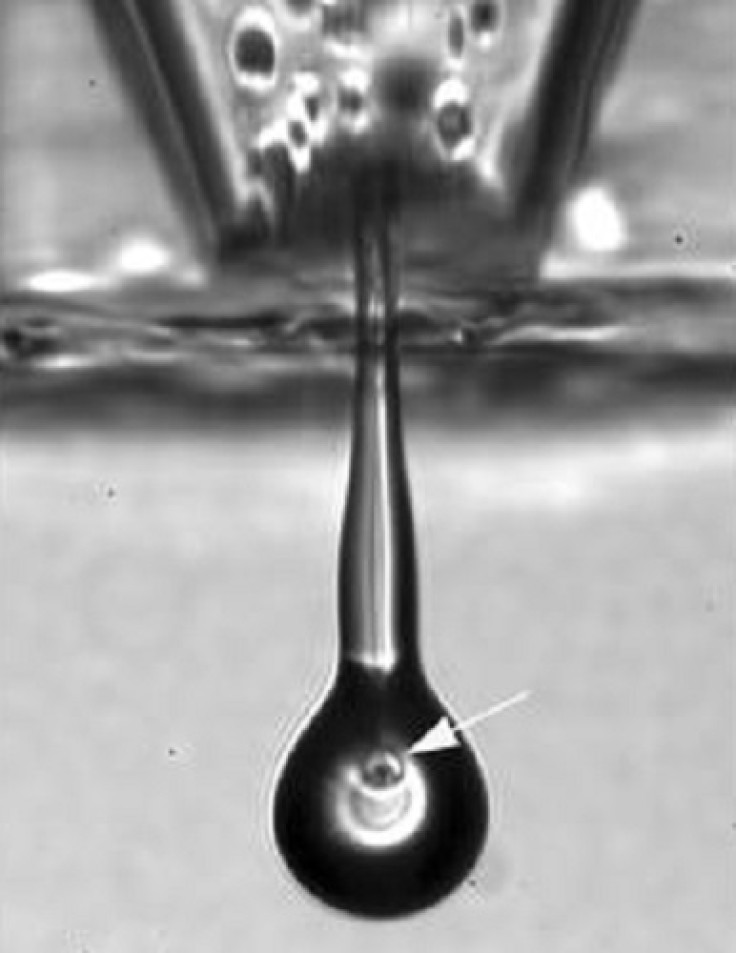3D Printer Creates Eye Cells Fuel Hope of Blindness Cure

A 3D printer has been used to create eye cells which researchers believe will help the search for a cure for blindness.
Experts at the University of Cambridge used inkjet printing technology to produce artificial tissue grafts made from a variety of cells found in the human retina.
Published in the journal IOP Science, the researchers say the cells provide proof that, in principle, a 3D printer can be used to print two types of cells from the retina of adult rats.
The cells were ganglion cells and glial cells. Ganglion cells transmit information from the eye to parts of the brain, while glial cells provide support and protection for neurons.
Researchers say this is the first time 3D printing technology has been used to create mature central nervous system cells, adding that the printed cells remained healthy and retained their ability to survive and grow in culture.
The team used a piezoelectric inkjet printer that ejected the cells through a sub-millimetre diameter nozzle. The cells were printed when a specific electrical pulse was applied.
Wen-Kai Hsiao, one of the team members involved in the study, explained: "In order for a fluid to print well from an inkjet print head, its properties, such as viscosity and surface tension, need to conform to a fairly narrow range of values. Adding cells to the fluid complicates its properties significantly."

After the cells were printed, tests were performed to see how many of the cells would survive and grow.
Keith Martin and Barbara Lorber, co-authors of the study, said: "The loss of nerve cells in the retina is a feature of many blinding eye diseases. The retina is an exquisitely organised structure where the precise arrangement of cells in relation to one another is critical for effective visual function".
"Our study has shown, for the first time, that cells derived from the mature central nervous system, the eye, can be printed using a piezoelectric inkjet printer. Although our results are preliminary and much more work is still required, the aim is to develop this technology for use in retinal repair in the future."
Biomedical scientists' ability to arrange cells into patterns and structures has been boosted through 3D printing and technology as it allows them to create cell-based structures that can be used in regenerative medicine.
Martin said: "We plan to extend this study to print other cells of the retina and to investigate if light-sensitive photoreceptors can be successfully printed using inkjet technology. In addition, we would like to further develop our printing process to be suitable for commercial, multi-nozzle print heads."
© Copyright IBTimes 2024. All rights reserved.






